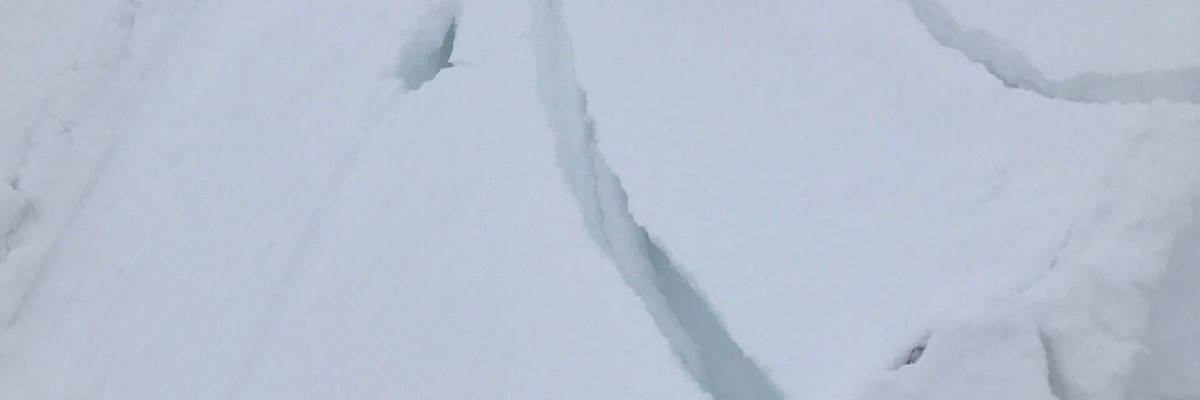An avalanche warning is in effect for the West central Montana backcountry. The current avalanche danger is HIGH. Very dangerous avalanche conditions exist. Travel in avalanche terrain is not recommended. Large human triggered avalanches are very likely.
This is Logan King with an avalanche warning for Friday, January 12th, 2017. This avalanche warning is valid for 24 hours. The avalanche warning will either be extended or terminated at 0600 Saturday January 13th.
This danger rating does not apply to operating ski areas and is the sole responsibility of the U.S. Forest Service.
Weather and Snowpack
A storm continues to wallop the region. Over an inch of SWE (snow water equivalent) has been added to the snowpack in the last 24 hours across the region. More than a foot of snow has fallen through the entire advisory area adding 1.1-1.6 inches of water since yesterday morning alone. This bring 2 day storm totals for some locations to over 3 inches of water already.
An extremely heavy load of snow has been added to the snowpack. Avalanche activity will be widespread and has the potential to travel long distances and into flat terrain. Avoid traveling in or near avalanche terrain.
The primary avalanche concern is storm slabs. There is no denying that a hefty load of snow and water have been added to the snowpack but this load is resulting in widespread instability. Adding fuel to the fire are weak layers in the snowpack. Snow is falling on rain and sun crusts or buried surface hoar further enhancing the likelihood of avalanches. A storm that adds this much load this quickly will have the ability wake up the deep persistent layers. The Thanksgiving crust has the potential to become active again, resulting in extremely large avalanches.
The take home today is to avoid traveling in or around avalanche terrain. Conditions will be touchy for the next 24 hours at a minimum. A stressed snowpack, weak layers, bed surfaces, and a deep instability are more than enough evidence to steer clear of avalanche terrain for a few days.
Ski and ride safe.














